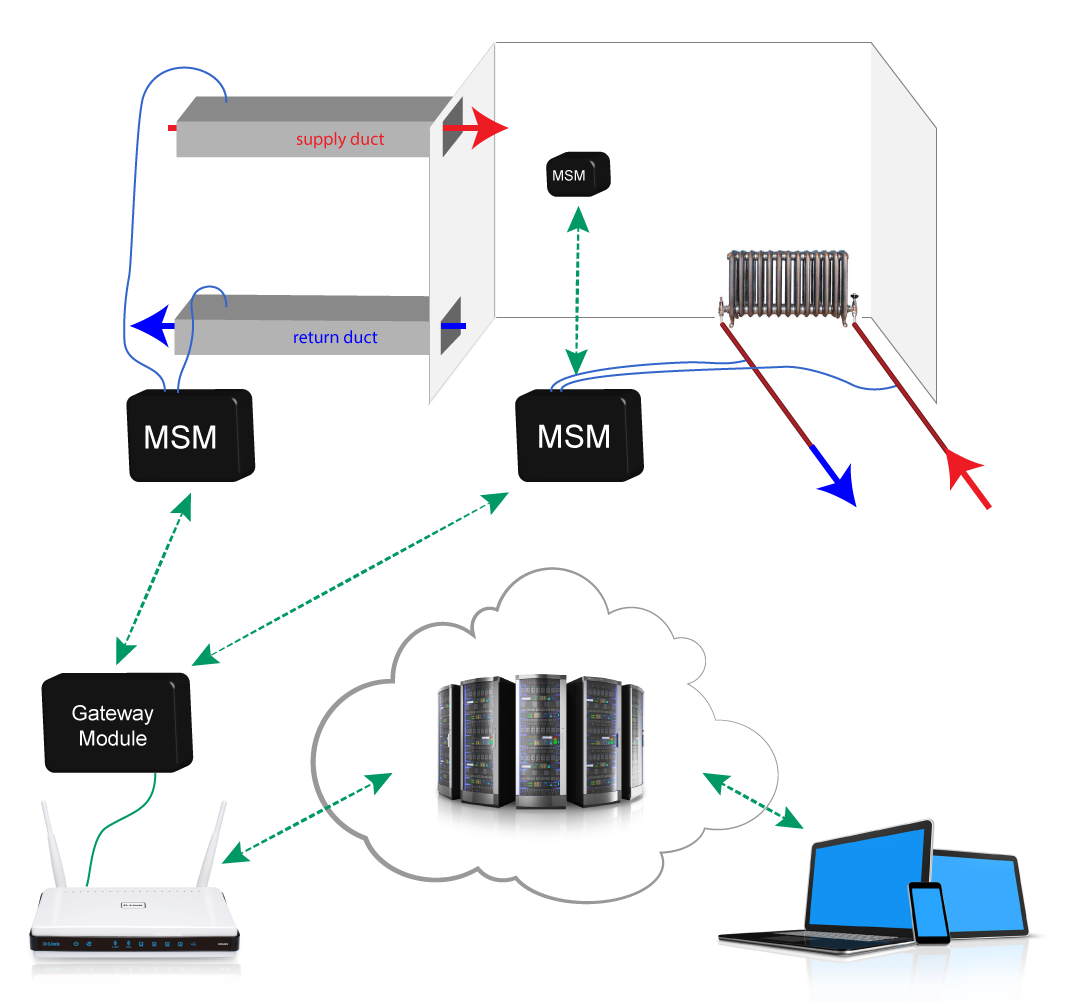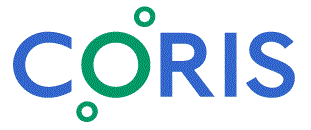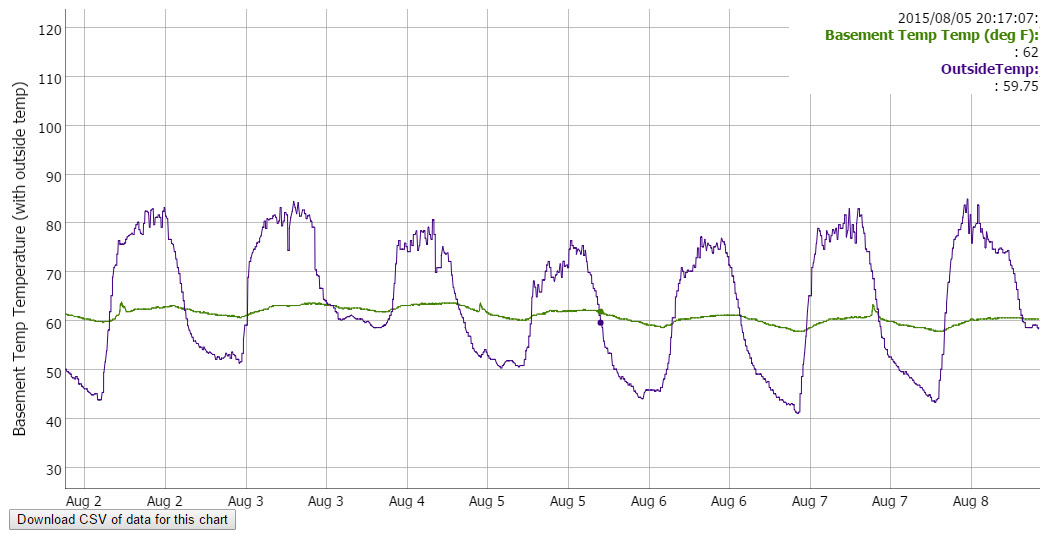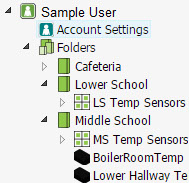Are you sure your HVAC system is functioning properly right now?
temperature monitoring and alerts for BUILDINGS & FACILITIES
- Remote monitoring of local or distant facilities prevents frozen pipes or overheating and identifies water leaks
- Alerts can be sent to different people at different times of day or week
- Sensor data is permanently logged on cloud servers for viewing trends or diagnosing problems
smart
- Easy to install—wireless sensors are self-configuring and automatically communicate with servers
- Easy to set up—just name the sensors and identify who should be notified when problems occur
- Easy to operate—web-based viewing and reporting with 15-minute training sessions available
simple
- All sensor data is encrypted during transmission to Coris servers and is permanently logged
- 24/7/365 access to sensor status and history without the need to create a “hole” in your IT firewall
- All sensor logs are maintained permanently on secure servers in secure data centers in the cloud
secure
we monitor temps 24/7
Temperature probes are installed in HVAC ducts or against boiler supply and return pipes in your buildings to diagnose problems and prevent heating issues.

Coris Multi-Sensor Modules (MSMs) are also equipped with an ambient temperature sensor so that the MSM may be installed on a wall to monitor room temperature.
Coris' encrypted wireless mesh network enables your MSMs to communicate with one another to reach a Gateway. This allows one Gateway to support 35 Coris modules.
Learn More
Once your Coris Gateway is connected to a router with an Ethernet cable, it automatically connects to Coris servers on the Internet.
Secure Coris servers record all data received from sensors—accessible anytime, anywhere.
View real-time or logged sensor information or adjust settings from multiple platforms and devices.
“Great report! I am going to share this success with our sustainability committee."
—Jim Lloyd, City University of New York
Coris in action
Ensuring Insurance Company
An insurance company was experiencing high numbers of claims due to frozen pipes in buildings that are not occupied every day of the week. Coris temperature sensors were installed in the buildings to monitor the interior temperatures of the buildings and of vulnerable pipes that are not protected from cold temperatures. Coris servers monitored the sensor readings, and if the outdoor temperature was below freezing and the interior temperature was in the “danger zone”, alerts were sent out to building staff. Alerts were also sent to the customer service center of the insurance company—and calls were made to the building manager if it seemed likely that pipes would freeze if corrective action wasn't taken. The insurance company stated that the monitoring and alerts from Coris prevented frozen pipes in all of the buildings, and their data show that 38% of the buildings would have had frozen pipes without the Coris sensors.
Immediate Boiler Diagnosis
A school was having problems with the two boilers that provide heat to the classroom radiators in the middle school. Coris temperature sensors were attached to the supply and return pipes to monitor water temperature leaving the boilers and the temperature of the water returning after circulating through the radiators. The very first night that the sensors were installed, the boilers did not turn on, and the supply temperature went below the alert level that had just been established. The facilities staff received the alerts, sent someone to see if they could manually start the boilers, and they did. They left a message for their boiler repair contractor to come fix the problem—which he did the next morning.
Wine Storage
A wine distribution company needs to store its inventory at 55°F. The warehouse is climate-controlled; but over the past few years, there have been a few times when the heating or cooling systems were not maintaining the desired temperature of 55°F. Coris temperature sensors were installed, and alerts are sent out whenever the temperature in the warehouse is more that 4°F off-target for more than 30 minutes (to account for temporary temperature changes during deliveries). The temperature logs have also provided proof to retail stores that the wine has been stored in the warehouse at proper temperatures continuously.



FAQs
How close must MSMs be placed to what I need to monitor?
The MSM comes with a 6-foot temperature sensor which can be upgraded to 75-feet.
Is there a limit to the number of sensors I can install?
No, you can add as many sensors as needed to monitor temperatures of your buildings, ducts, or pipes.
What do I need to get started?
You will need an Internet connection. Coris will provide the Gateway Module and Multi-Sensor Modules (MSMs) along with their power adapters. Coris will also provide the temperature sensor that will be installed in the unit to be monitored. Each MSM can monitor four temperature sensors, and each Gateway can support up to 35 MSMs!
Other questions?
Check out our FAQ page.
For more info, call us at 212-710-2973 or email info[at]corisecs[dot]com
© 2018 Coris



